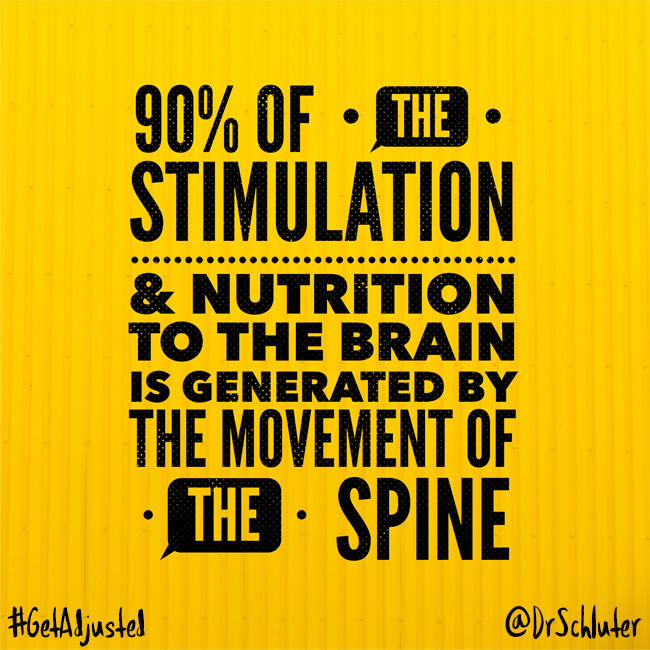More and more we, as a society, are becoming more health conscious. We are starting to see a trend moving away from the typical “sick care” where we wait for a problem to happen and then begin treating it. More people are beginning to move towards “preventive care” and understanding the importance of minimizing the risk of having the problem in the first place. So what is preventive care and how do we stay healthy?
The first place to look is how you are living your life. Do you live what most would call a healthy lifestyle or are you doing those things that will likely lead to sickness? Unfortunately we have become a society of drug takers, we tend to rely on little pills to come to the rescue and save us from our unhealthy choices. But the truth is there is no drug that can fix our poor diet, remove the toxins from the processed food we eat or undo our sedentary living and poor fitness. The only thing that can change that is our lifestyle choices. One of these choices we can make is to see your chiropractor for regular adjustments, even if you’re not in pain. We often call these maintenance or wellness adjustments. To understand the reason for preventive chiropractic care, you have to understand a couple of important concepts. The first is immobilization degeneration and the second is the neurology of pain processing.
A primary component of a subluxation (misalignment in the spine) is loss of normal biomechanics or motion. There is actually a vast amount of research to support that this loss of motion will eventually cause the degenerative. It also leads to the logical conclusion of restoring proper movement to the spine. Just like exercise is so important for your overall health and well being, chiropractic is just as important. It comes down to movement. Movement in our spine creates a majority of the simulation and nutrients to our brain, when we become misaligned and lose the normal motion of spinal segments, it leads to degenerated joints and decreases the stimulation and movement-rich nutrients to the brain.

Immobilization degeneration is supported by over 40 years of research. The literature shows that a joint that has lost one degree of its normal movement will begin degenerating at a rate measurable within one week of onset. That means that once a subluxation occurs in the spine, it almost immediately begins the degenerative process. It’s important to realize that this process can occur painlessly, even when significant degeneration has occurred. This is an essential reason why you don’t need to be in pain to be adjusted.
The loss of motion in segments of the spine leads to an increase in nociceptors, which are receptors that fire when damage is detected, sending pain signals to the spinal cord and the brain. These impulses account for more systemic autonomic changes which can occur without the perception of pain. This is the same neural mechanism that allows serious disease processes to progress without warning. Basically what this means is that if we allow our body to progress in this direction, we are headed towards a state of alarm and adaptation, and ultimately fatigue, illness and early death. However, if we restore the proper biomechanics to these spinal segments we reduce stress hormone levels in the body and we restore proper brain-body communication, which in turn restores health and function in our body. We do this through regular chiropractic adjustments.
So what do we find when we are able to reduce the stress load on our body? We find numerous, well documented, improvements of chiropractic patients in areas like immune function, allergies, asthma, anxiety, and colic just to name a few. These show how far reaching the effect of chiropractic care can have on our body. The research shows we are much healthier with a properly moving spine than without, no matter how we feel or what our symptoms may be.





